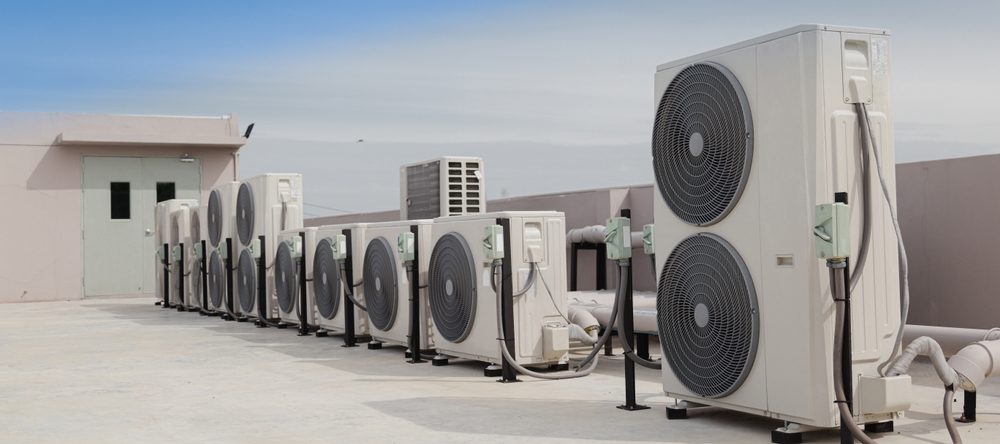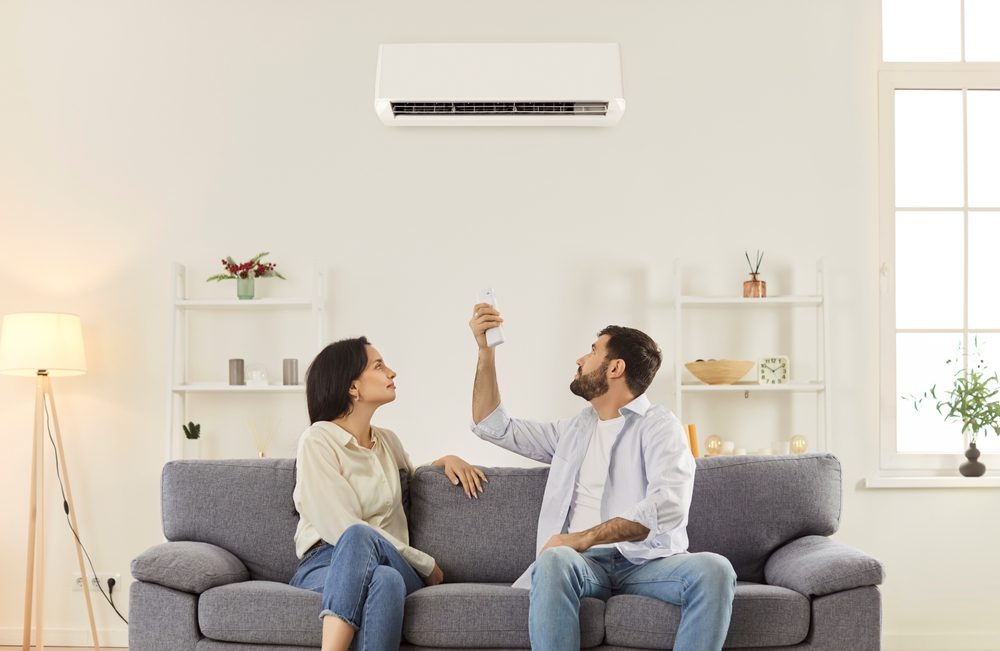
HVAC diffusers are important components in any HVAC system and they play a key role in how air is distributed and drafts are controlled. In fact, if you have a really well designed HVAC, it’s actually delivering more than just heating and cooling functions – it’s creating a comfortable space for people to live or work. Which is no small thing. It’s doing this in part thanks to a diffuser.
HVAC diffusers are big business. According to a study by Intel Market Research, the worldwide HVAC diffuser market size was valued at $635m in 2024 and it’s projected to grow to $988m by 2032. At Daikin, we design and build a wide variety of diffusers and HVAC systems and have over a century of experience in heating and cooling. In this article, we will discuss in detail what HVAC diffusers are, how they work, and why they’re essential for energy-efficient climate control.
So let’s get started.
HVAC diffusers explained: Benefits, types, and how they improve airflow
HVAC diffusers are usually made from aluminium or steel and come in a variety of different shapes. You will find an HVAC diffuser usually installed at the end of an air duct. From here, it distributes conditioned air (warm or cool) throughout a space. A diffuser is slightly different from a vent or grille as it can direct air evenly in a number of directions. In that process it mixes it with the ambient air to keep a stable overall temperature.
Diffusers are common in both residential and commercial spaces. They manage the speed, direction, and volume of airflow and in the process they ensure every part of a space gets the right amount of conditioned air and there are no areas of a space where the temperature is uneven.
Types of HVAC diffusers
There’s no single solution when it comes to air distribution as different spaces need different types of diffuser. The main types of HVAC diffusers are ceiling diffusers, slot diffusers, linear bar diffusers, swirl diffusers. Let’s now look at each of these in more detail:
Ceiling diffusers: Of all the kinds of diffuser, you will most likely see these in offices, homes, and commercial buildings. They can be installed in suspended ceilings and distribute air in a circular or multi-directional pattern. They push air across the ceiling, then it descends evenly throughout the room. These are very effective at preventing drafts and cold spots.
Slot diffusers: These are often used in areas where aesthetics and ‘look’ really matter. They are common in conference rooms, showrooms, as well as luxury residences. Slot diffusers are able to deliver horizontal and vertical airflow and can be adjusted.
Linear bar diffusers: These are used in large open areas like shopping malls and airports. They can be installed in ceilings, walls, or floors. They are sleek-looking and offer a lot of flexibility in terms of air direction.
Swirl diffusers: Swirl diffusers are used in environments where high air volume is required. They’re common in industrial facilities and auditoriums. Swirl diffusers, like their name suggests, create a spiral air pattern that blends conditioned air with the existing air.
Benefits of HVAC diffusers
The advantages of using high-quality HVAC diffusers are considerable. They include much better air distribution, a decrease in noise (very important for sensitive environments where quiet is important), better comfort for those living or working in the space, as well as greater efficiencies. Let’s now look at each of these in more detail:
Air distribution: Diffusers ensure that conditioned air reaches all parts of a room evenly and they prevent the problems of zones where air stagnates.
Less noise: Diffusers help reduce turbulence (which is a key cause of HVAC noise). This is important in environments like offices and schools.
Comfort: Diffusers create a steady and comfortable indoor climate by balancing airflow and keeping drafts to a minimum.
Efficiency: When the HVAC system isn’t having to work as hard, it reduces your energy consumption and operational costs. It also helps extend the system’s lifespan.
How HVAC diffusers improve airflow and comfort
It’s vital that an HVAC diffuser is installed properly and regularly maintained to ensure balanced airflow. A diffuser distributes air at the right speed and direction so you avoid hot and cold spots.
When you have achieved this kind of uniform airflow, your thermostat readings are more accurate which helps the system keep to set temperatures with less effort. This in turn reduces energy waste.
It’s also very important to keep diffusers clean from dust and debris. This can obstruct airflow and reduce the quality of indoor air. By carrying out regular inspections and cleaning, you can keep air circulation smooth and stop contaminants from spreading.
FAQs about HVAC diffusers
What is the difference between an air diffuser and an air vent?
An air vent is an opening that lets air flow in or out. In contrast, a diffuser controls and distributes the air evenly.
How do I choose the right diffuser for my room or building?
You need to consider the size of the room, the height of the ceiling, the volume of air, as well as any design requirements. Consulting an HVAC specialist ensures the best fit for performance and style.
Can dirty diffusers affect HVAC performance?
Yes, if you have dust and debris building up it can block the airflow and make the system work unnecessarily hard. This reduces the quality of the indoor air.
How often should HVAC diffusers be cleaned or replaced?
Diffusers should be cleaned every six to twelve months, but it depends on the specific environment.
About Daikin
At the heart of every HVAC system lies the diffuser, a key component that ensures balanced airflow and consistent temperature across the entire space. Daikin’s advanced air diffusers are designed to optimise air delivery, minimise noise, and enhance energy efficiency.
With a global team of more than 100,000 professionals, Daikin continues to set the benchmark for reliability and innovation across residential, commercial, and industrial environments.



